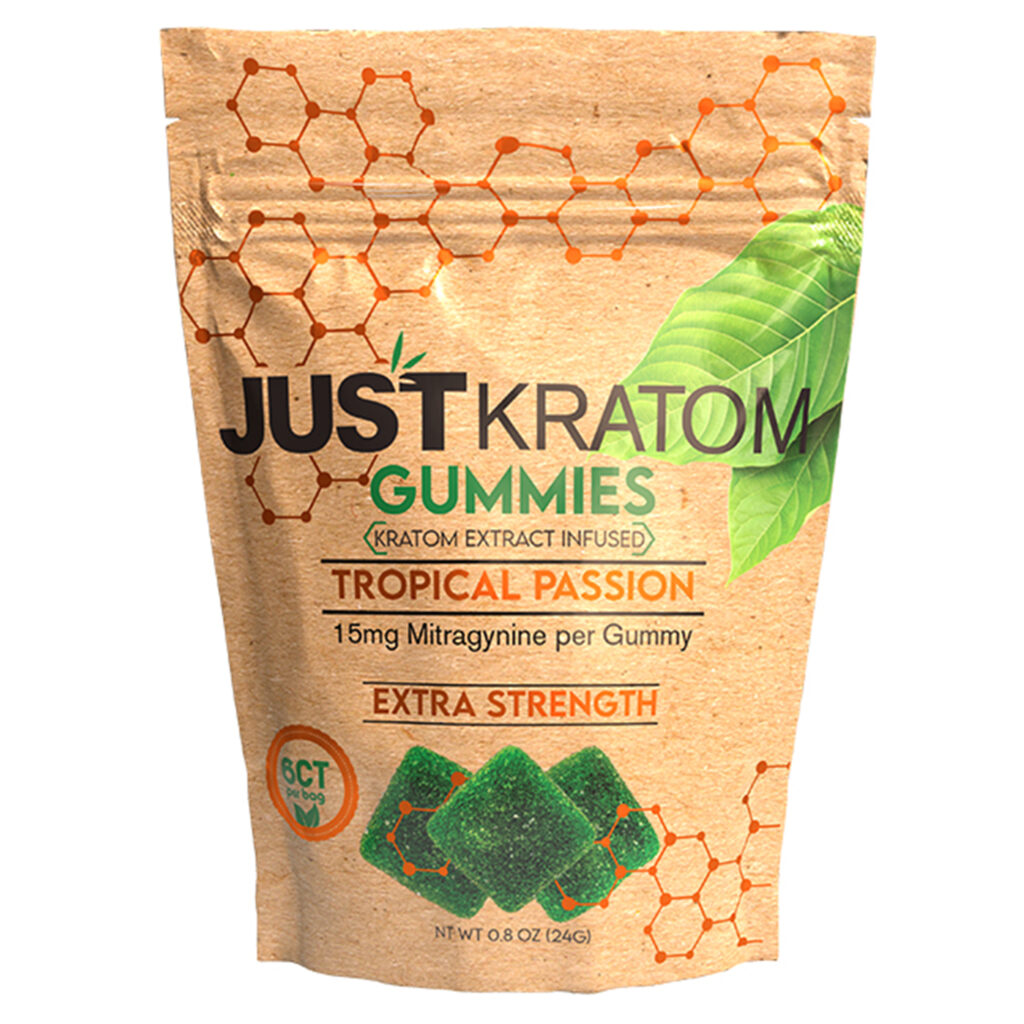How Kratom’s Active Compounds Affect Pain Perception
Kratom, a tropical tree native to Southeast Asia, has gained popularity for its purported pain-relieving properties. The plant’s effects are attributed to its active compounds, mitragynine and 7-hydroxymitragynine, which interact with opioid receptors in the brain and nervous system. These interactions influence pain perception pathways, potentially leading to reduced pain sensation and improved overall comfort.
Mitragynine and 7-Hydroxymitragynine
Mitragynine and 7-hydroxymitragynine, the primary alkaloids found in kratom, are responsible for its pain-relieving effects. They bind to opioid receptors throughout the body, particularly mu-opioid receptors, which are heavily involved in pain modulation. By activating these receptors, mitragynine and 7-hydroxymitragynine interfere with the transmission of pain signals from the periphery to the brain.
This binding action leads to a decrease in pain perception, offering relief for various types of pain, including chronic and acute discomfort. The mechanisms by which these compounds exert their analgesic effects are complex and involve intricate interactions within the nervous system.
Binding to Opioid Receptors
Mitragynine and 7-hydroxymitragynine, the primary alkaloids found in kratom, are responsible for its pain-relieving effects. They bind to opioid receptors throughout the body, particularly mu-opioid receptors, which are heavily involved in pain modulation.
By activating these receptors, mitragynine and 7-hydroxymitragynine interfere with the transmission of pain signals from the periphery to the brain.
- This binding action leads to a decrease in pain perception, offering relief for various types of pain, including chronic and acute discomfort.
- The mechanisms by which these compounds exert their analgesic effects are complex and involve intricate interactions within the nervous system.
Analgesic Effects
Kratom’s active compounds, mitragynine and 7-hydroxymitragynine, interact with opioid receptors in the brain and nervous system. These receptors play a crucial role in pain perception and modulation.
By binding to these receptors, particularly mu-opioid receptors, mitragynine and 7-hydroxymitragynine interfere with the transmission of pain signals from the body’s tissues to the brain. This interference reduces the brain’s perception of pain, leading to analgesic effects.
The analgesic effects of kratom can be beneficial for managing various types of pain, including chronic and acute discomfort. However, the precise mechanisms by which these compounds exert their analgesic effects are complex and involve intricate interactions within the nervous system.
Kratom’s Impact on Neurotransmitters Involved in Pain Modulation
Kratom’s potential as a pain reliever stems from its active compounds, mitragynine and 7-hydroxymitragynine, which interact with opioid receptors in the brain and nervous system. These receptors are central to pain perception and modulation.
Serotonin Regulation
Mitragynine and 7-hydroxymitragynine, the primary alkaloids in kratom, bind to opioid receptors, particularly mu-opioid receptors, which are heavily involved in pain regulation.
By activating these receptors, they interfere with the transmission of pain signals from the body to the brain, reducing the perception of pain. This interaction contributes to kratom’s potential analgesic effects.
Kratom’s impact on serotonin is less well-defined. Some studies suggest that mitragynine may have a modulatory effect on serotonin receptors, but further research is needed to fully understand this interaction and its implications.
Dopamine Activity
Kratom exerts its pain-relieving effects primarily by interacting with opioid receptors in the brain and nervous system. Mitragynine and 7-hydroxymitragynine, the key alkaloids in kratom, bind to these receptors, particularly mu-opioid receptors, which are heavily involved in modulating pain signals.
This binding disrupts the transmission of pain signals from the body’s tissues to the brain, effectively reducing the perception of pain.
In addition to its effects on opioid receptors, kratom may also influence dopamine activity. Dopamine is a neurotransmitter associated with pleasure and reward, and some studies suggest that mitragynine might interact with dopamine receptors.

While the exact mechanisms and extent of this interaction are still under investigation, it’s possible that dopamine modulation contributes to kratom’s euphoric effects and its potential for pain relief.
Other Potential Mechanisms for Kratom’s Pain-Relieving Properties
Beyond their interaction with opioid receptors, other potential mechanisms contribute to kratom’s pain-relieving properties. Research suggests that mitragynine may exert analgesic effects by influencing neurotransmitter systems beyond opioids.
Anti-Inflammatory Action
Kratom’s active compounds, mitragynine and 7-hydroxymitragynine, interact with opioid receptors in the brain and nervous system to reduce pain perception.

- Mitragynine has shown potential for inhibiting the production of inflammatory mediators such as prostaglandins. These mediators play a role in pain signaling and inflammation, so reducing their production could contribute to kratom’s pain-relieving effects.
- There is some evidence that kratom may modulate the activity of the endocannabinoid system. This system plays a role in pain regulation, mood, and other physiological processes.
Central Nervous System Stimulation
In addition to its effects on opioid receptors, kratom may also influence dopamine activity. Dopamine is a neurotransmitter associated with pleasure and reward, and some studies suggest that mitragynine might interact with dopamine receptors. While the exact mechanisms and extent of this interaction are still under investigation, it’s possible that dopamine modulation contributes to kratom’s euphoric effects and its potential for pain relief.
Kratom’s active compounds, mitragynine and 7-hydroxymitragynine, interact with opioid receptors in the brain and nervous system to reduce pain perception.
- Mitragynine has shown potential for inhibiting the production of inflammatory mediators such as prostaglandins. These mediators play a role in pain signaling and inflammation, so reducing their production could contribute to kratom’s pain-relieving effects.
- There is some evidence that kratom may modulate the activity of the endocannabinoid system. This system plays a role in pain regulation, mood, and other physiological processes.
Best deals on Kratom Gummies online
- Why Does My Top Lip Stick Out After Filler - November 14, 2025
- What Is The Difference Between Lip Filler And Lip Flip - November 11, 2025
- What Are The Best CBD Gummy Sweets For Sleep Improvement - November 10, 2025
